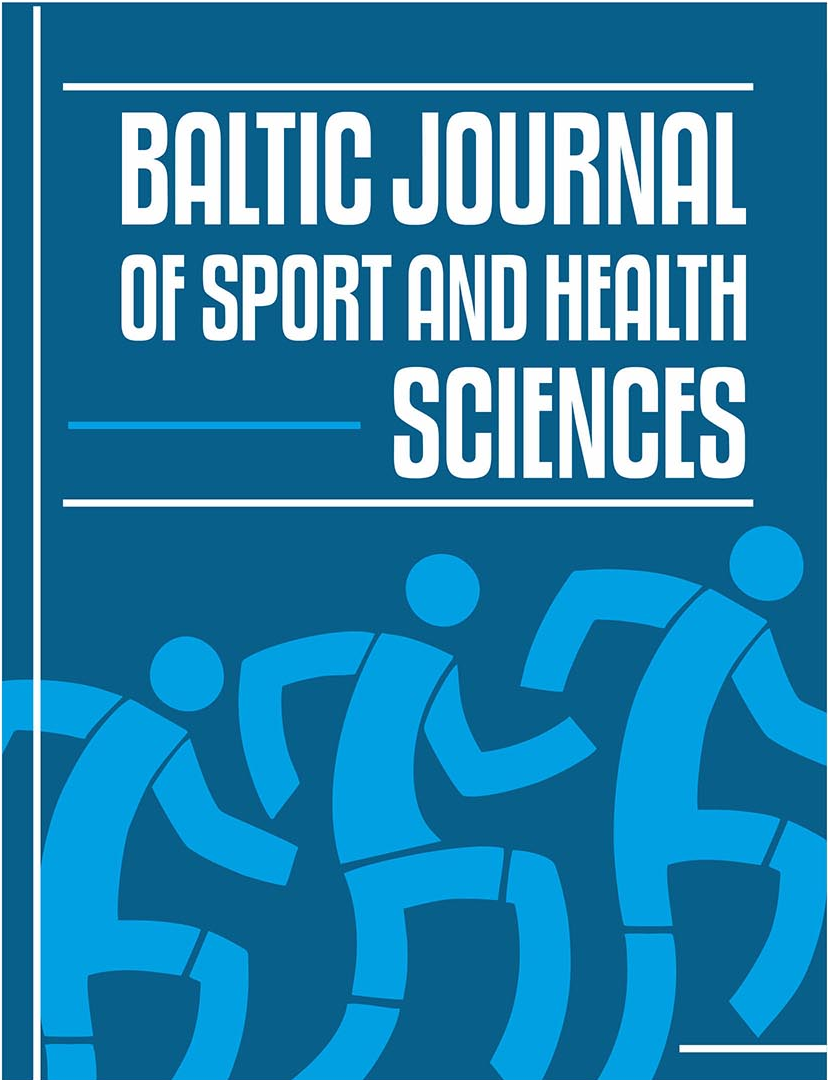Investigating Recovery Strategies to Optimize Performance and Well-being in Basketball
Abstract
Background and objectives: The intense nature of basketball has been shown to generate substantial fatigue, leading to significant impairment in measures of performance, physiological status, and perceived well-being, which may persist in the days following exercise (Chatzinikolaou et al., 2014; Doma et al., 2018; Moreira et al., 2018; Pliauga et al., 2015). Therefore, the use of recovery strategies aimed at minimizing these negative effects is essential (Davis et al., 2022), especially considering the increasing occurrence of congested match schedules in basketball (Pernigoni et al., 2024). Specifically, the aim of this dissertation was to investigate the effectiveness of recovery strategies which have received limited attention across basketball-specific research.
Methods: Using randomized crossover designs, three studies were conducted. In Study 1, the fatiguing protocol consisted of a basketball training session, while simulated basketball matches were employed in Studies 2 and 3. In all three studies, measures of performance [Study 1 and 2: countermovement jump height (CMJ); Study 3: CMJ, change-of-direction and 10/20 m sprint performance), physiological [Study 1: heart rate variability (HRV), salivary testosterone, cortisol and their ratio; Studies 2 and 3: HRV] and perceptual fatigue (muscle soreness and perceived fatigue/recovery) were mainly collected at pre-exercise, post-exercise, post-recovery, and 24 hours post-exercise. Each study analyzed separate recovery interventions, as follows:
- Study 1: active recovery versus static stretching (high-level Lithuanian youth male players)
- Study 2: foam rolling versus placebo (Lithuanian Division II female players)
- Study 3: whole-body cryotherapy (WBC) versus placebo (high-level Italian youth male players)
Results: No significant between-intervention differences were observed at corresponding time points in Study 1 (p > 0.05). However, within-intervention analyses revealed that CMJ height was lower at post-recovery compared to all other time points, only after static stretching (p < 0.05), while HRV and perceived recovery were impaired at post-recovery, only after active recovery (p < 0.05). In Study 2, no significant intervention effects were found (p > 0.05), with the only exception being a faster return to baseline for perceived recovery in foam rolling (i.e., at post-recovery) compared to placebo (after 24 hours). In Study 3, WBC resulted in higher perceived recovery scores at pre-match and post-recovery compared to placebo (p ≤ 0.026), with no other significant between-intervention differences observed for any other variable (p > 0.05).
Conclusions: The present findings indicate that the recovery strategies investigated here may not consistently improve performance, in addition to physiological and perceptual measures of fatigue in basketball players. Specifically, the few transitory differences between active recovery and static stretching in Study 1 were likely due to short-lived physiological mechanisms, while Study 2 indicates that foam rolling had no substantial effect on recovery compared to placebo. Finally, although a potential short-term benefit for perceived recovery was observed for WBC – compared to placebo – in Study 3, baseline differences between interventions may have affected these findings
Downloads
Published
Issue
Section
License
Copyright (c) 2025 Author(s). Published by Lithuanian Sports University.

This work is licensed under a Creative Commons Attribution 4.0 International License.






